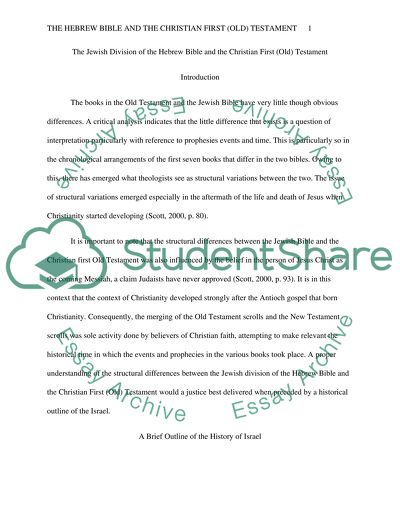Cite this document
(“Hebrew Bible and Christian First Testament Essay”, n.d.)
Hebrew Bible and Christian First Testament Essay. Retrieved from https://studentshare.org/religion-and-theology/1497807-critically-discussstructural-variations-exist
Hebrew Bible and Christian First Testament Essay. Retrieved from https://studentshare.org/religion-and-theology/1497807-critically-discussstructural-variations-exist
(Hebrew Bible and Christian First Testament Essay)
Hebrew Bible and Christian First Testament Essay. https://studentshare.org/religion-and-theology/1497807-critically-discussstructural-variations-exist.
Hebrew Bible and Christian First Testament Essay. https://studentshare.org/religion-and-theology/1497807-critically-discussstructural-variations-exist.
“Hebrew Bible and Christian First Testament Essay”, n.d. https://studentshare.org/religion-and-theology/1497807-critically-discussstructural-variations-exist.


